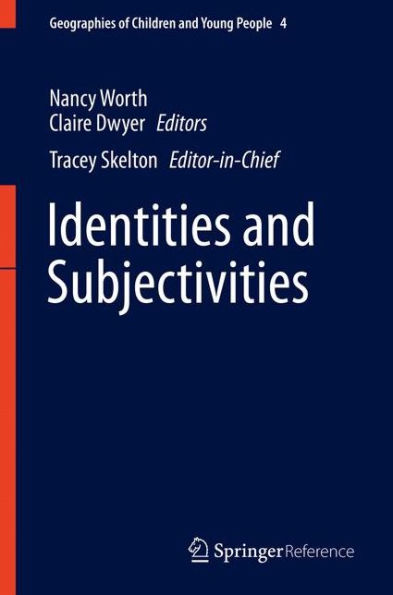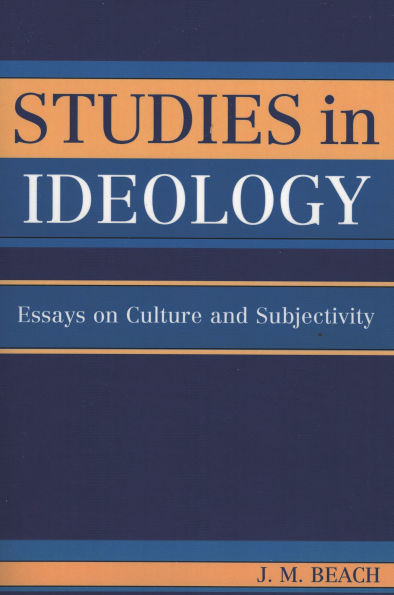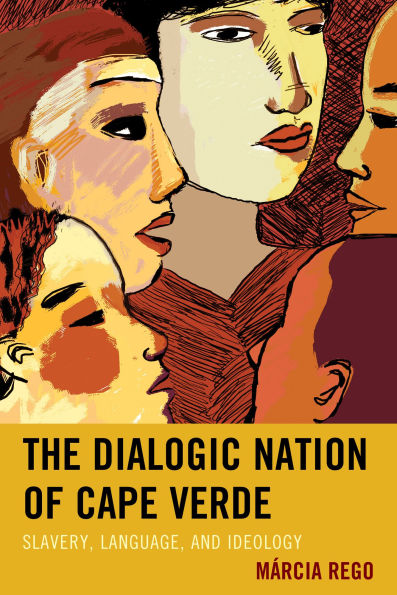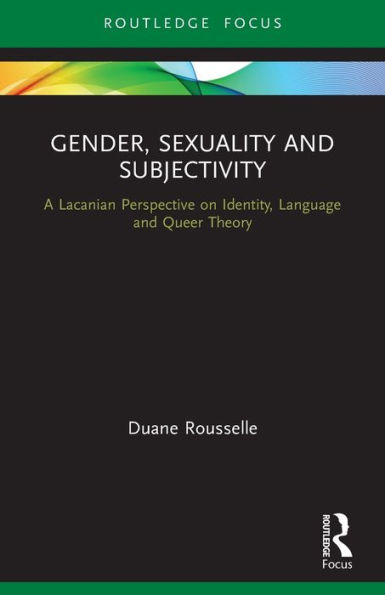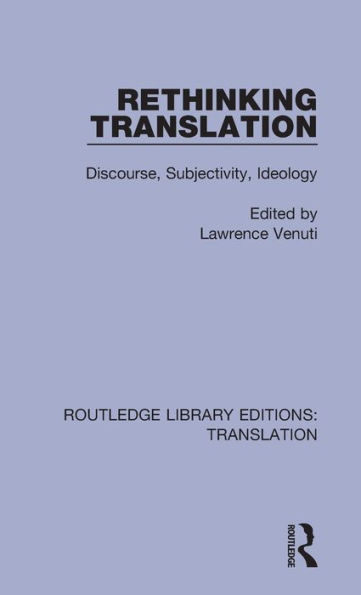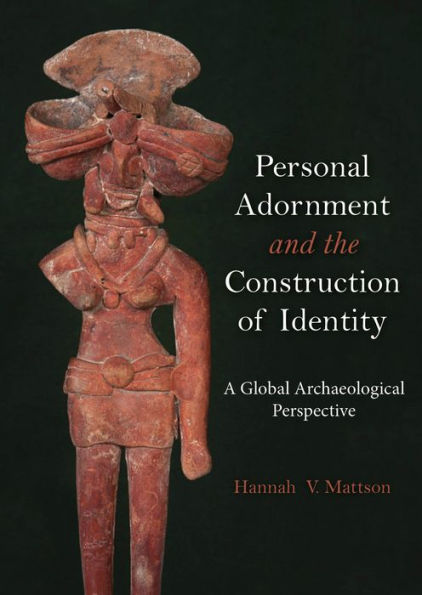Home
Ideologies of Identity Adolescent Fiction: The Dialogic Construction Subjectivity
Barnes and Noble
Loading Inventory...
Ideologies of Identity Adolescent Fiction: The Dialogic Construction Subjectivity in Bloomington, MN
Current price: $66.99


Ideologies of Identity Adolescent Fiction: The Dialogic Construction Subjectivity in Bloomington, MN
Current price: $66.99
Loading Inventory...
Size: Paperback
Ideologies of Identity in Adolescent Fiction
examines the representation of selfhood in adolescent and children's fiction, using a Bakhtinian approach to subjectivity, language, and narrative. The ideological frames within which identities are formed are inextricably bound up with ideas about subjectivity, ideas which pervade and underpin adolescent fictions. Although the humanist subject has been systematically interrogated by recent philosophy and criticism, the question which lies at the heart of fiction for young people is not whether a coherent self exists but what kind of self it is and what are the conditions of its coming into being.
Ideologies
of Identity in Adolescent Fiction
has a double focus: first, the images of selfhood that the fictions offer their readers, especially the interactions between selfhood, social and cultural forces, ideologies, and other selves; and second, the strategies used to structure narrative and to represent subjectivity and intersubjectivity.
examines the representation of selfhood in adolescent and children's fiction, using a Bakhtinian approach to subjectivity, language, and narrative. The ideological frames within which identities are formed are inextricably bound up with ideas about subjectivity, ideas which pervade and underpin adolescent fictions. Although the humanist subject has been systematically interrogated by recent philosophy and criticism, the question which lies at the heart of fiction for young people is not whether a coherent self exists but what kind of self it is and what are the conditions of its coming into being.
Ideologies
of Identity in Adolescent Fiction
has a double focus: first, the images of selfhood that the fictions offer their readers, especially the interactions between selfhood, social and cultural forces, ideologies, and other selves; and second, the strategies used to structure narrative and to represent subjectivity and intersubjectivity.
Ideologies of Identity in Adolescent Fiction
examines the representation of selfhood in adolescent and children's fiction, using a Bakhtinian approach to subjectivity, language, and narrative. The ideological frames within which identities are formed are inextricably bound up with ideas about subjectivity, ideas which pervade and underpin adolescent fictions. Although the humanist subject has been systematically interrogated by recent philosophy and criticism, the question which lies at the heart of fiction for young people is not whether a coherent self exists but what kind of self it is and what are the conditions of its coming into being.
Ideologies
of Identity in Adolescent Fiction
has a double focus: first, the images of selfhood that the fictions offer their readers, especially the interactions between selfhood, social and cultural forces, ideologies, and other selves; and second, the strategies used to structure narrative and to represent subjectivity and intersubjectivity.
examines the representation of selfhood in adolescent and children's fiction, using a Bakhtinian approach to subjectivity, language, and narrative. The ideological frames within which identities are formed are inextricably bound up with ideas about subjectivity, ideas which pervade and underpin adolescent fictions. Although the humanist subject has been systematically interrogated by recent philosophy and criticism, the question which lies at the heart of fiction for young people is not whether a coherent self exists but what kind of self it is and what are the conditions of its coming into being.
Ideologies
of Identity in Adolescent Fiction
has a double focus: first, the images of selfhood that the fictions offer their readers, especially the interactions between selfhood, social and cultural forces, ideologies, and other selves; and second, the strategies used to structure narrative and to represent subjectivity and intersubjectivity.
